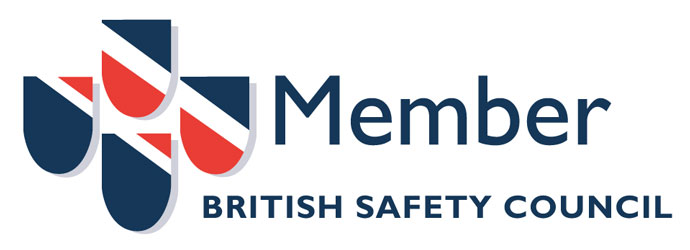Following site visits by our Contract Management, Estimating Manager and H&S Director, and after discussions with SSE management, the safe method of working document was agreed by all parties and our ICATS accredited team moved on site in August 2016. We mobilised from our northern Lincolnshire Head Office using our own transport. Plant and equipment used on this contract included a compressor, paint and solvent waste containers, a gas oil fuel tank, fork lift truck, generator, blast pots and ancillary equipment, pallets of blast abrasive and a sack-vac. Our Company owned vacuum recovery unit, dust extraction unit, decontamination unit and paint store were positioned inside the turbine hall.
All of our site personnel were inducted in HCFW safety rules and all access/egress to the work areas were carried out in accordance with SSE Generation safety rules. The penstock system and appropriate valves and generating set were isolated for the duration of the works by SSE and we worked under a permit to work system.
Our personnel gained access to the penstocks and spiral casings via the manways located on top of the penstocks in the basement of the turbine hall. Access airlocks were erected around these manways. Once in the tunnels, access to the work areas was via purpose built LOBO mobile access towers in the HP penstocks, via scaffolding erected by McDonald Scaffolding in the draft tubes and via specially constructed scaffold walkways for the tailrace.
We constructed temporary dams at the junctions of the concrete liners and steel liners to control any leakage from the tunnel. Baffles were built using flame retardant plywood and these had a perspex door located in the centre. The doors had a self-shutting hinge. Water levels were monitored throughout with any excess water being diverted out of the pipe using 4″ hose. The sensitive areas within the spiral casings turbine blades at the top of the steel liner and MIVs were protected with masking and plywood.
The existing coating to all surfaces to be treated showed signs of red lead primer being present and so the Control of Lead at Work Regulations applied to all site operations. Paint material was supplied by Chemco and the paint products are wet and dry surface tolerant. The specification applicable to the high tunnel lining, spiral and draft tube was as follows:
- Remove peat
- Degrease and fresh water wash to remove all surface contaminants
- Blast clean all surfaces to BS 7079 A1 Standard to SA2½ to remove all paint and surface corrosion; all prepared areas were primed before any oxidisation or discolouration could take place which meant a 4 hour window existed to complete this procedure
- Apply 1 coat of Chemco RS 500P to achieve a dft of 100 microns
- Ensure all primed areas are free of contaminants
- Apply 1 coat of Chemco RA 500 M to achieve a dft of 350 microns
All welds, seams, sharp edges, rivet heads and thickening plates were stripe coated prior to the spray application of primer and finish coats to ensure a continuous paint coating.
We used a team of 6 operatives with a full-time onsite supervisor for the duration of the project, augmented by a further 2 operatives at certain times. Regular site visits were made by the Contracts Director, the designated Contracts Manager and by one of our Nebosh and ICorr accredited HSQ&E Officers. Liaison with SSE personnel was conducted on a daily basis by the supervisor, with attendance by the Manager at all progress meetings.
The works were completed to programme in October with a final value of circa £330,000.




















